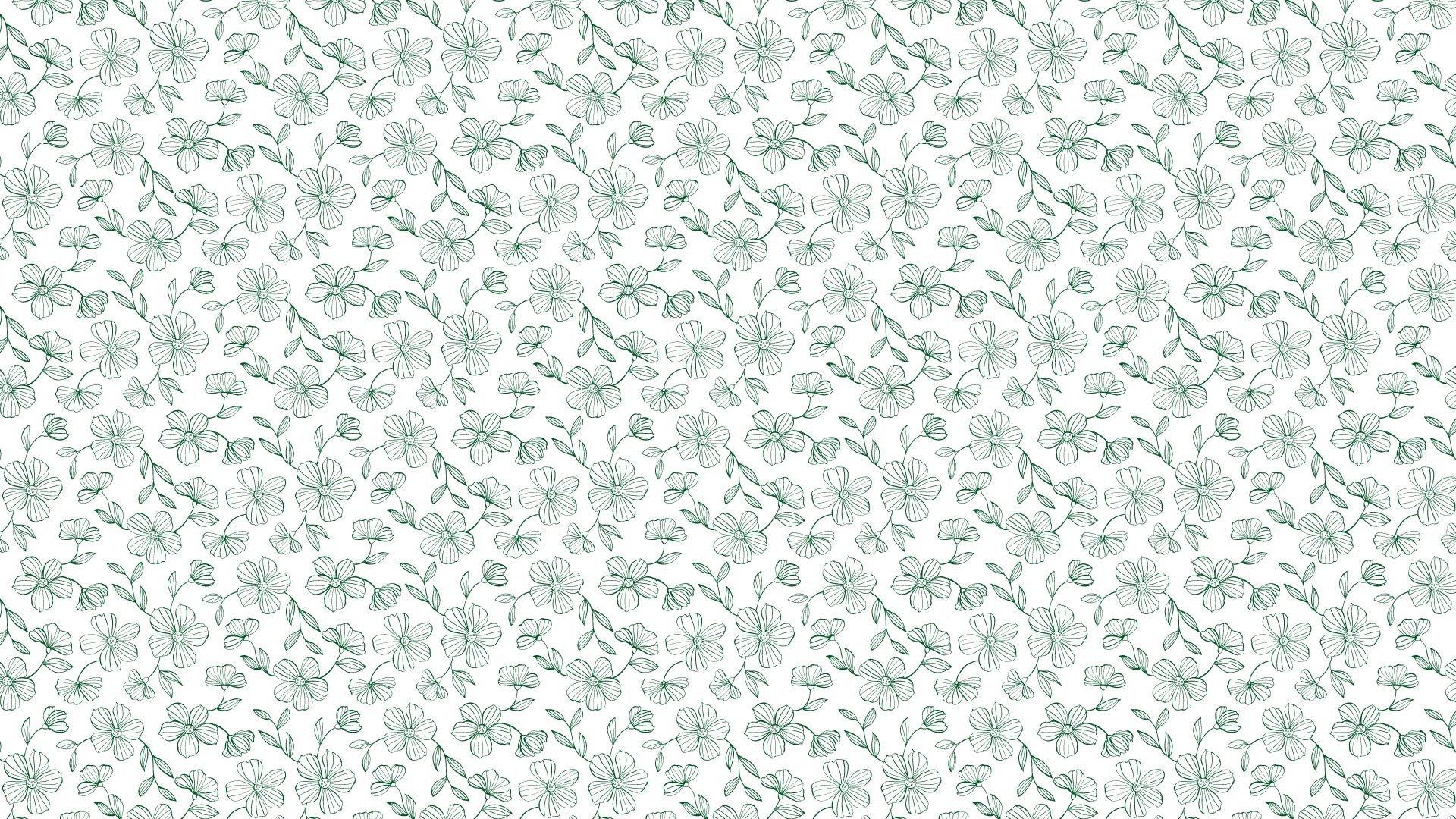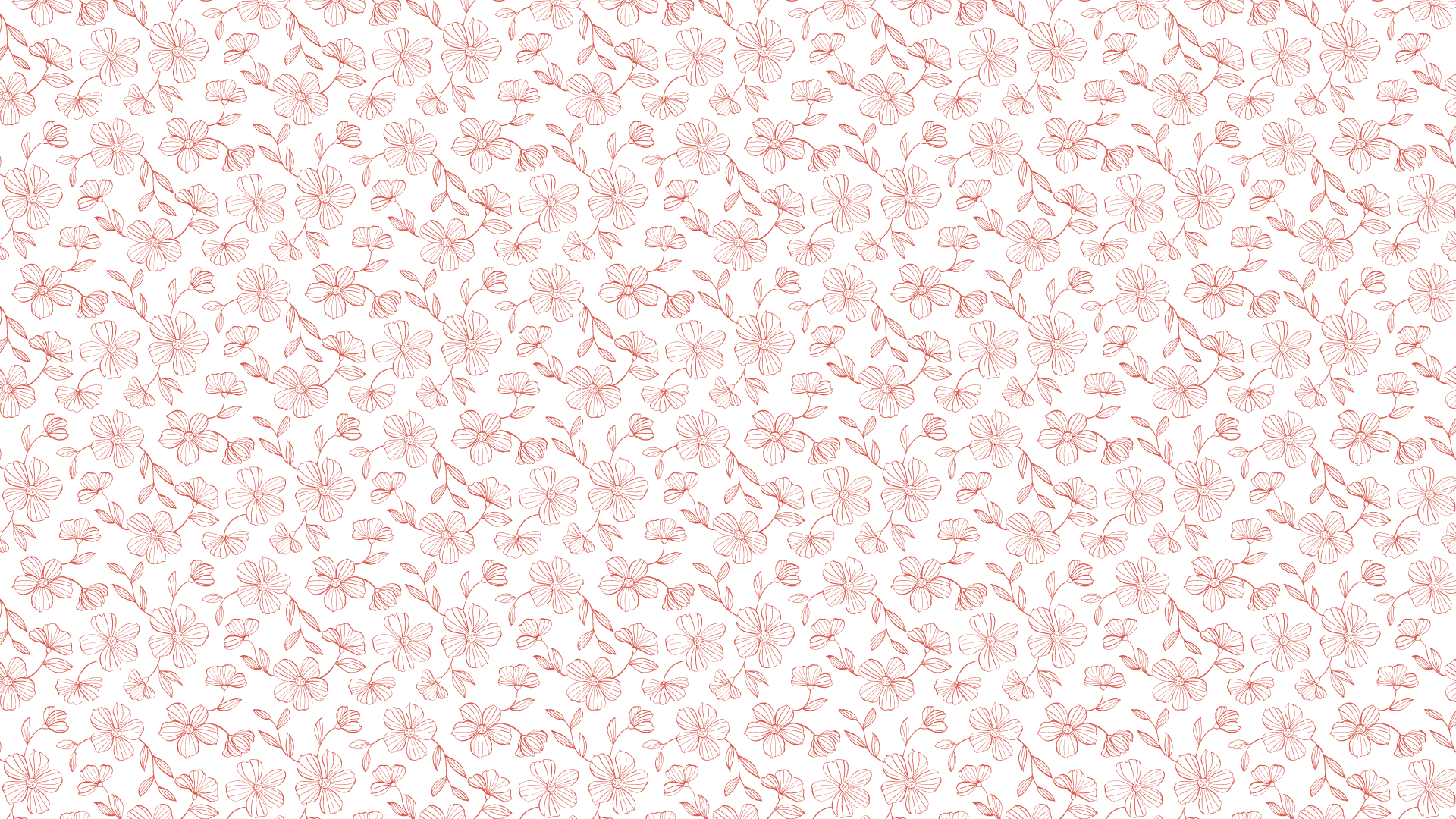
My Black Country
Book Club Essentials:
Questions, Cocktail, Recipes and Suggested Evites
A fine cocktail (with or without spirits); interesting questions; music; a recipe (or two) that translates the book to a taste on the tongue, and an evite that establishes the vibe are all you need for a great book club meeting. If you don’t have time to plan all of that yourself—we’ve got you covered!
Most clubs will have eight to ten questions for a meeting. You can make the soup if you want to serve a light meal. Make the sweet potatoes if you want just a snack. If you invent great new cocktails or questions share them with us on Instagram #myblackcountry.

My Black Country Book Club Questions
About Country the Genre
Alice Randall loves Country music! What was your feeling about Country music before reading this book?
If you are a Country fan, who are some of your favorite artists? Name one of your favorite songs.
If you are not a Country fan is there a song you would be intrigued to hear now that you’ve read the book?
Randall introduces her readers to her First Family of Black Country: DeFord Bailey, Lil Hardin, Ray Charles, Charley Pride, and Herb Jeffries. If you could invite one of the five to spend time with your family which one would it be and why?
A wide range of Black Country artists, from Florence Joplin to Linda Martell, to Swamp Dogg, to Rhiannon Giddens make cameo appearances in Randall’s memoir. Did any of these artist intrigue you enough for you to stop and listen to their music? Which artist? Which song? What interested you most about them?
Randall spends some time with artists who are not primarily known as Country artists who have recorded some Country songs including The Supremes, Tina Turner, and Aretha Franklin. Which foray into Country by a not-Country artist most intrigued you? Is there a favorite you have now who you think could record a powerful Country cover?
Randall offers different ways to think about the day Black Country was born in America: that it would be an enslaved mother singing to her Black child born in the New World; that it is a lyric embedded in a Frederick Douglas autobiography; and that it was the first time DeFord Bailey sang on the radio. After reading My Black Country where do you locate the birth of Black Country?
About Songs and Songwriting
What was the first song Randall wrote, where did she write it, and what does this tell you about her childhood?
The biggest song Randall wrote was XXX’s +OOOs (An American Girl) what does it tell us about her adult life?
“Angel From Montgomery” is a song Randall describes as having saved her sanity and maybe her life. Did a song ever get you through a hard time? What song was it?
Alice and the My Black Country Album
Alice writes “valentines” to all the artist who perform on the My Black Country album in her memoir. Which portrait intrigued you most and made you want to stop and immediately play the song?
In obvious and less obvious ways all of the songs on the album are autobiographical. What did you discover about Alice’s life listening to the songs? How did those discoveries inform your reading of the memoir?
Which was your favorite song on the album?
About Alice Randall
Motown and Music City are cities that have significant impact on Randall. What area some of the values she drew from Motown particular to Motown? To Music City? What are the values the two cities shared? Each of the cities put their fingerprints upon her. Do you consider her to be more a daughter of Motown or Music City?
The train ride across America in the summer of 2000 divides Randall’s life in Nashville in half. Viewed from the outside before the train ride she’s mainly focused on getting cuts; after the train ride she focuses mainly or teaching, archiving and spotlighting Black Country. Reading the memoir we get an interior view and learn that before the train ride she was primarily a daughter and after the train ride she was primarily a mother. What was the greatest challenge Randall faced in being her mother’s daughter? Her daughter’s mother? Spotlighting Black Country? What are the commonalities in her approach to exterior and interior challenges?
Randall describes growing up with an abusive mother and describes abuse, yet the memoir is centered on positive creative experiences and positive experiences of a wide variety of love. What are some of the flavors of love she describes?
Randall’s father plays a key role in her development. He is the catalyst of the first song she ever wrote, the first person to make her aware of Black presence in Country music, and profoundly consistent in his love. “Ain’t No Mountain High Enough” and “The first Time I ever Saw your Face” are two of the songs that she most closely associated with her father? What do they tell us about the relationship? What do we discover in the memoir that the songs don’t tell us?
About Aesthetics
Randall talks about the structure of the memoir drawing from her understanding of how her Grandmother’s patchwork quilts worked. What do you think she meant by that?
The original songs of the Black Cowboys we learn in My Black Country included profanity. That profanity was sanitized out by song collectors. Randall also tells us her father won cussing contest down in Alabama. Why do you think she included profanity in her memoir?
About America:Were you surprised to learn that Country had so much hidden Black presence and hidden Black influence? Randall talks about the structure of the memoir drawing from her understanding of how her Grandmother’s patchwork quilts worked.
The original songs of the Black Cowboys we learn in My Black Country included profanity. That profanity was sanitized out by song collectors. Randall also tells us her father won cussing contest down in Alabama. Why do you think she included profanity in her memoir?
If Country has benefited from Black presence and influence that has not been acknowledged what does theat suggest about other American institutions?
Focus on the Reader
What was your feeling about Country Music after reading My Black Country?
Who did you most want to rush out and listen to when you closed the pages of the book? Who’s your favorite Black Country artist? Song?
If you invented a My Black Country Cocktail what would be in it and why?
Beyoncé and My Black Country
How did reading My Black Country enhance your appreciation of Beyoncé’s Act II?
Alice has stated in interviews that Act II is as important an album in the history of Country music as Modern Sounds in Country and Western Music by Ray Charles. Which song on Act II makes the strongest case in support of that statement in your opinion?
If you had to choose a theme song from Beyoncé’s Country album for each member of Randall’s first family of Black Country which one would you choose for Lil? DeFord? Ray? Charley? Herb?

Cocktail & Recipes
Cocktail
-
Pour straight Uncle Nearest over ice. Garnish with fresh sage.
-
Hibiscus tea, chilled, sweetened with honey, shaken with ice in a small mason jar, garnished with fresh sage.
Sweet Potato, Collard and Black-Eyed Pea Soup
-
1 tablespoon olive oil
1 large onion, diced
1 large carrot, sliced
1 celery stalk, sliced
3 garlic cloves, chopped
5 sprigs fresh thyme
1 tablespoon dried thyme
¼ teaspoon crushed red pepper flakes, or more to taste
1 quart Sweet Potato Broth
1 (14.5-ounce) can diced tomatoes, including juice
8 cups kale leaves, collards, or mustard greens, torn
2 (15-ounce) cans black-eyed peas, rinsed and drained
Salt
-
Heat the olive oil in stockpot over medium heat. Add the onion, carrot, and celery and cook, stirring, until the vegetables just begin to get soft, about 5 minutes. Add the garlic, fresh and dried thyme, and crushed red pepper. Keep stirring. Pour in the sweet potato broth and tomatoes with their juice. Keep stirring. Raise the heat to high, bring to a boil, and add the kale. Cover, reduce the heat, and simmer for 45 minutes.
Add the black-eyed peas and continue to simmer, covered, until the flavors meld and the greens are completely tender, about 15 minutes more. Season to taste with salt, and add more red pepper flakes if desired.
Sweet Potato Broth
-
Medium onion, sliced
3 celery stalks, chopped
1 carrot, chopped
Olive oil
1 large sweet potato
5 whole cloves
Salt and pepper
-
In a large stockpot, sauté the onion, celery, and carrot in a tablespoon or so of olive oil—just enough to cover the bottom of your pot—over low heat. Meanwhile, peel and quarter the sweet potato. When the onion has softened, after about 8 minutes, add the sweet potato to the pot along with 6 cups of water, the cloves, and a little salt and pepper. Bring to a boil, then lower the heat and simmer until the sweet potato is completely soft, about 30 minutes.
Fish out the cloves, then puree the mixture in a blender or food processor, or if you’re working without fancy tools, by mashing the sweet potato into the side of the pot with a wooden spoon and stirring. If not using immediately, let cool, then cover and refrigerate for up to 5 days or freeze for up to 2 months.
Deford’s Spicy Roasted Sweet Potatoes with Pomegranates
-
This is a dish Alice and Caroline invented a decade ago to honor Mr. DeFord Bailey.
3 large sweet potatoes, cut into ½-inch chunks
Salt and pepper
2 fresh hot red chile peppers
1 garlic clove
⅓ cup red wine vinegar
1 tablespoon honey
3 tablespoons olive oil
1 medium red onion, chopped
2 cups pomegranate seeds or unsweetened dried cranberries
-
Preheat the oven to 400°F.
Put the sweet potatoes on a baking sheet, season with salt and pepper, and roast until tender when pierced with a knife, about 20 minutes.
While the sweet potatoes are roasting, make the dressing: Seed and chop the chile peppers. Transfer them to a food processor and add the garlic, vinegar, and honey. Whirl until finely chopped. Slowly pour in the olive oil with the motor running, and whirl until the dressing is smooth.
Toss the sweet potato chunks with the onion, pomegranate seeds, and dressing. Serve hot or cold.

Evites
Paperless Post MBC friendly designs:
Warsaw an elegant design featuring a single gold boot
Vegas Bachelorette Party a Lil Hardin snazzy design featuring Black Cowgirl
Space Cowgirl featuring neon boots on a burgundy background
Vinyl featuring a turntable, eccentric palette, and letterpress effect
Bandana A cobalt blue bandana that shouts Howdy
Longhorn Barbecue longhorn steer head barbecue implements dark brown on brown
Sonora A light green evite with with cactus and cactus flower has great coordinated liner
Shake up the Meeting!
Invite everyone to bring a youtube video of someone in the book performing and start the meeting by listening to the music while enjoying a My Black Country cocktail. Serve your drinks in mason jars. Use bandanas as napkins. Or pull out your crystal and your linen. But do consider cooking up a taste of Black Country!
These three recipes are edible Black Country music. They first appeared in the NAACP Image Award winning cookbook Soul Food Love which I wrote with my daughter Caroline Randall Williams, the original American Girl celebrated in “XXX’s and OOO’s.”




